The Tangible Value of A Client-Focused Bid
In Part Two, ‘Think from the Client’s Head’, I wrote about the attitudinal distinction – the fundamental difference in approach – between vendor or supplier-centricity and a genuine “client first” mindset (and thus, modus operandi).
You’ll see from my observations of my 25-year career working with and observing the “big end of town”, that an overwhelming majority of BD’s mindsets can be described as follows:
“OK, this is what we want to propose. Let’s talk to them and see if we can convince them it’s what they need and get some comments and information from them to support it when we put it forward in the EOI.”
And you’ll have read that your opportunity for differentiation – both by virtue of the product or service you put forward as a “solution” (that is, a genuine solution to the client’s actual problem or need) and as a supplier or provider – lies in digging deeper than your corporate competitors. Way below surface level. And from a
genuinely “client first” perspective.
A Courageous Pursuit
Let me give you an example of how hard companies of all shapes and sizes can find it to be humble.
What’s humility got to do with it? Again, as you’ll have read in Parts One and Two, without the willingness to be humble (or worse still, where arrogance is mistaken for confidence), you won’t have, or be able to sustain, the interest level to drill deep into the client’s world, wants and needs.
So, here’s the very real example (and there are many others I could have used that would all have demonstrated the same point):
I conducted a series of strategy sessions for a steadily growing mid-tier organisation whose leadership wanted to engage in a highly courageous pursuit for a Facilities Management (FM) contract with a very large mining consortium.
After leading the senior management and its bid team through a comprehensive and in-depth analysis of the competitive landscape, the surprised and humbled team made the collective observation that, “We’re not anything special after all! We don’t do anything more or anything different than anyone else.”
And they were right.
Except . . . as I assured them, in this case, they did. They had done something very different indeed – by conducting a series of detailed, in-depth analyses of their prospective client’s objectives, its fears, its concerns, its priorities, and of their own capabilities in the context of this newfound knowledge. They’d followed that with forensic research into each of their competitors (all of whom were household-name multi-nationals). And then they’d taken apart all their pre-existing assumptions about what they’d initially intended to offer up to the client in the RFP – now, from the deeply researched and well-considered position of the client’s world – they’d formulated something
meaningfully differentiated.
More Insights & Intel





